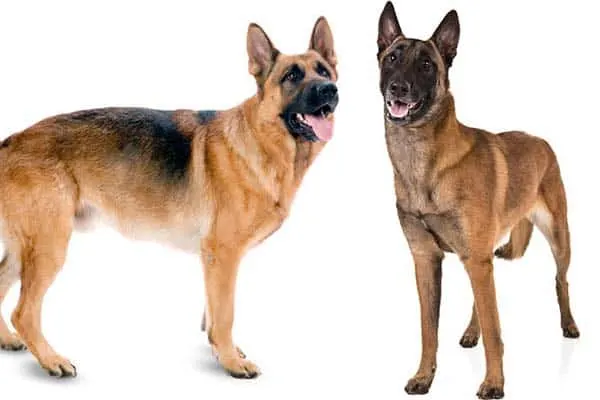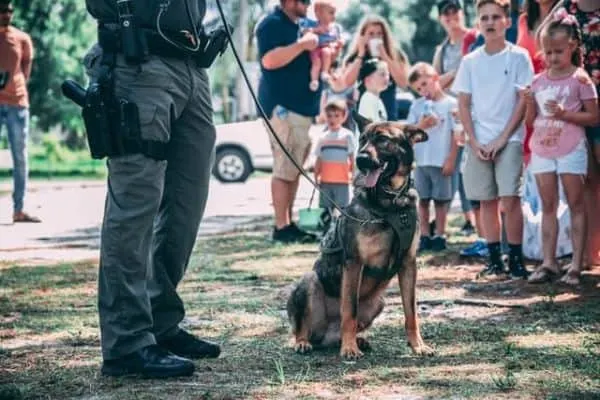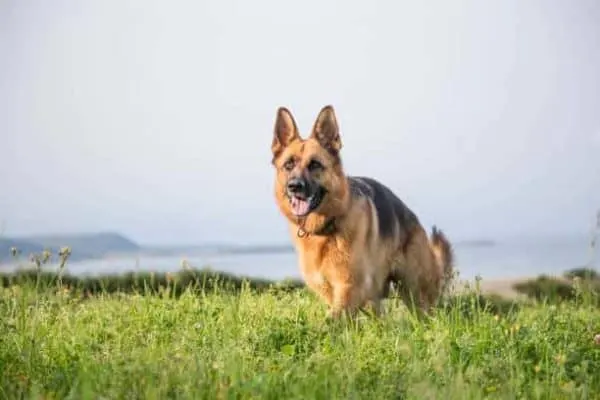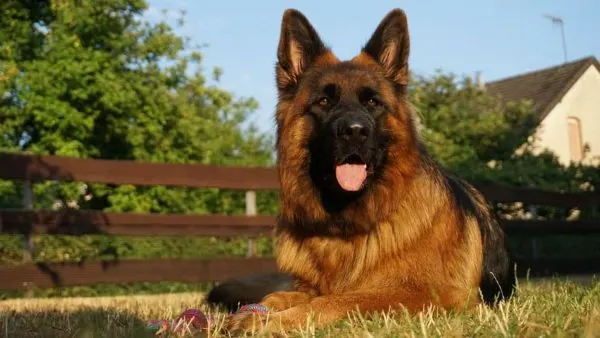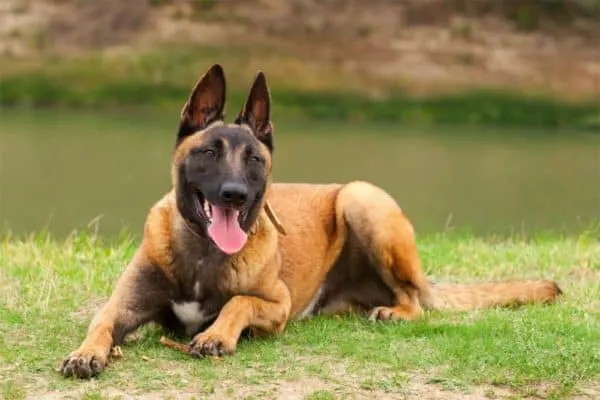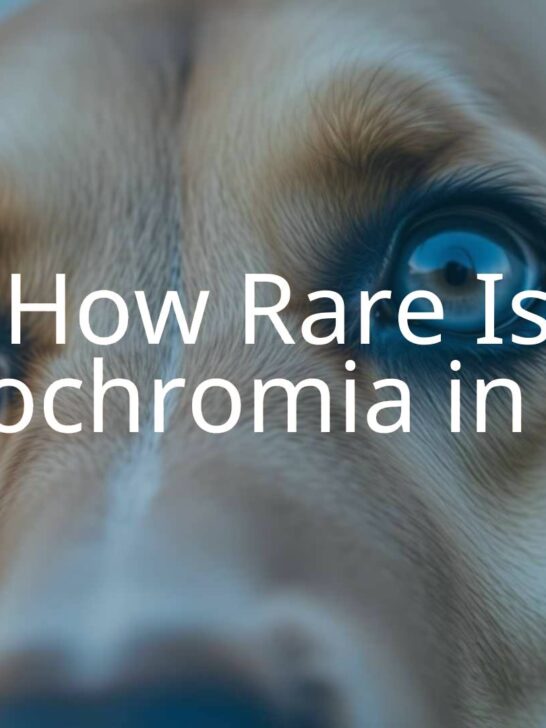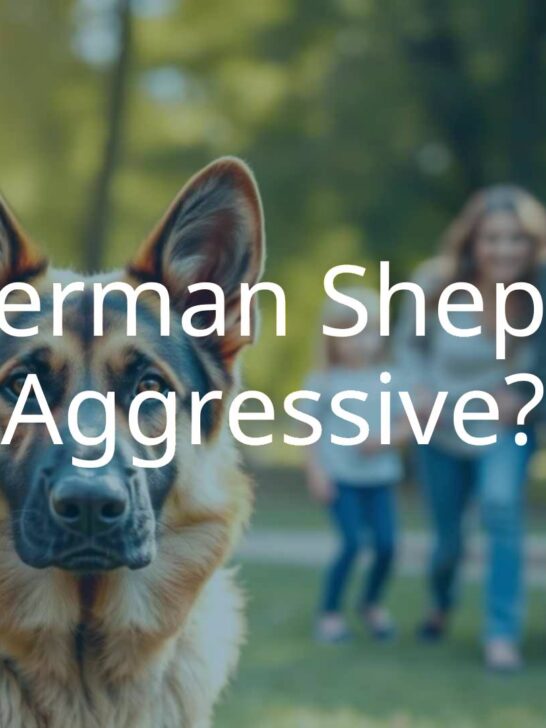Belgian Malinois vs German Shepherd: Two Very Similar, Yet Different Canines
To the untrained eye, the Belgian Malinois and the German Shepherd look to be very similar dogs. Certainly, they are both similar in size, and they are both used in police and military work around the world.
Yet, the Belgian Malinois and the German Shepherd are two distinct breeds. Even so, neither breed is necessarily better than the other. Each breed has its own positive attributes that make them superior service dogs.
The Belgian Malinois and the German Shepherd Dog were both bred for herding. While typically this herding involved sheep (hence the “Shepherd” name), the dogs might also herd cattle or even goats.
In fact, one of the parent breeds of the Belgian Malinois was a cattle dog.
Comparing the Belgian Malinois vs German Shepherd involves looking at the differences in their origins, working abilities, coat care, temperament, and suitability for families.
Belgian Malinois vs German Shepherd: Quick Facts
| Name | Appearance | Breed History | Personality & Temperament | Coat Care | Size | Exercise & Training | Health & Life Expectancy | Kid Friendly? |
|---|---|---|---|---|---|---|---|---|
| German Shepherd | 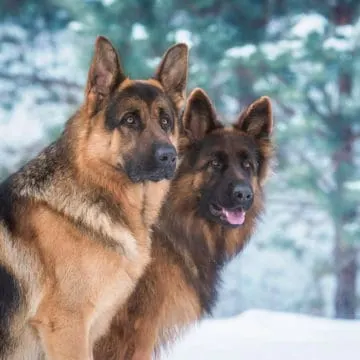 | Originally bred in Germany by Max von Stephanitz. World class K-9 dog. 2nd most popular companion canine in America. Working livestock herding & guarding dog. | 3rd most intelligent of all dog breeds. High energy levels. Keen desire to stay active or ‘work a job’. High prey drive and chase instinct. Extremely loyal to their owners. Doesn't like being alone. | Shed heavily year-round and seasonally. Medium-length double layer coat. Coat is fairly self-maintaining. Only needs regular brushing and the occasional bath. | Typically weighs between 50 and 90 pounds, and stands 22 to 26 inches tall. Females will be 10 to 15 pounds lighter and two inches shorter. | Needs 1-2 hours daily exercise and activity. Start puppy socialization & training ASAP. Need to wait until puppy has finished growing before doing any strenuous exercise. | Typically lives between 9 and 13 years. Has known serious genetic (heritable) health issues: Dysplasia (hip, elbow), Temperament, Eye issues, Cardiac issues, Autoimmune thyroiditis, Degenerative myelopathy. | Yes - IF properly trained. Their herding instinct may cause them to nip at the heels of younger family members, which can be scary for little kids. Their prey instinct may make them want to chase other family pets & little kids. As long as there's proper supervision, there shouldn't be any issues! |
| Belgian Malinois | 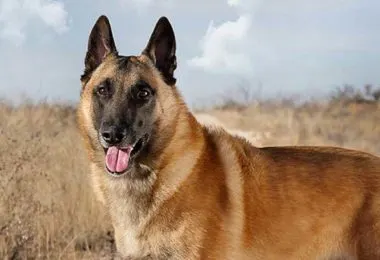 | Originally bred in Belgium. World class K-9 dog. 43rd most popular purebred dog breed in America. Working livestock herding & guarding dog. Belongs to a group of four different Belgian herding dogs. | Confident, hardworking, intelligent. 22nd out of 79 purebred dog breeds in terms of overall intelligence. Bred and trained to think independently, making them stubborn. “German Shepherd on steroids”. | Sheds year-round and seasonally. Short coat with two layers. Don’t usually smell, and don’t need to be bathed too often. Coats are fairly self-maintaining. | Typically weighs between 40 and 80 pounds, and stands 22 to 26 inches tall. Females will be 10 to 15 pounds lighter and two inches shorter. | Needs 1-2 hours daily exercise and activity. Start puppy socialization & training ASAP. Need to wait until puppy has finished growing before doing any strenuous exercise. | Typically lives between 14 and 16 years. Has known serious genetic (heritable) health issues: Dysplasia (hip, elbow), Temperament, Eye issues, Cardiac issues, Autoimmune thyroiditis, Degenerative myelopathy. | Yes - IF properly trained & socialized. Like the GSD, their herding instinct may cause them to nip at the heels of younger family members, but as long as there's proper supervision, there shouldn't be any issues! |
The Belgian Malinois: Breed History
The Belgian Malinois is a dog that most identifies with police work. The Malinois is incredibly intelligent, and many police dogs are trained in German or Dutch. This is because they are often trained before they ever come to police departments in the United States. Handlers must learn the commands in order to work with the Malinois properly.
The Belgian Malinois came to America between the two world wars, but they have been a part of European farming since the 1800s.
The Malinois was used in the military during World War I, and many soldiers who could capture a Belgian Malinois brought them home to America for personal use.
It was the Belgian Malinois’ capability to keep watch over property and protect its family that made the Malinois a great companion dog. However, many police departments saw the Malinois’ potential for service work.
There are Malinois dogs that work as seeing-eye dogs as well as police or military dogs.
The Belgian Malinois enjoys working, and they often bond to their handlers even though these relationships are meant to be largely professional. The Belgian Malinois distinctly listens to the commands of his handler, and they enjoy doing what is asked of them.
The Belgian Malinois was bred as a herding dog. As the name indicates, the breed originates in Malines, Belgium.
Four Types of Belgian Herding Dogs
It is actually one of four types of Belgian herding dogs, including the Belgian Tervuren, the Belgian Laekenois, and the Belgian Groenendael. The Belgian Malinois is set apart from these other Belgian herding dogs due to its coloring/color pattern.
Each of the Belgian shepherd dogs is related to the sire dog mentioned previously. However, when Vols I was bred to other mother dogs, the offspring often took the coloring of the mother dog.
This explains the variations in the other shepherd dogs, which can be classified as cousins of the Belgian Malinois.
According to AKC, The Belgian Malinois can trace its origins to two specific breeding dogs actually owned by a Belgian shepherd. The sire of this breed was named Vols I, and his offspring were short-haired and fawn in color.
Vols I was bred back to his daughters, and the variations in their coloring are the reason for the varying dog breeds.
Later, a group of individuals who had similar dogs met to form a breeding standard, which is the standard utilized today in both Europe and the United States.
Breed Standards
Breed standards were also set for the related dogs – the Belgian Tervuren, the Belgian Laekenois, and the Belgian Groenendael.
Each of the Belgian shepherd dogs is an excellent herding dog. They are also working dogs and are used as service dogs, but they are often not as widely known as military or police dogs.
Once the breeding standard was set, the breeders began to recognize that Belgium did not have a large sheep population.
Therefore, they began to determine activities that would exhibit the intelligence and work ethic of the Malinois. These “games” included dressage activities.
The Belgian Malinois, and its other Belgian shepherd dog cousins, were utilized in international police dog trials. During World War I, they were utilized by the military, and many American servicemen brought the Malinois back to America.
Police & Military Work
As a police or military dog, the Belgian Malinois is known as a vigilant protector. Like their German Shepherd cousins, the Belgian Malinois is trained to stop a fleeing criminal, and they have a bite force that often makes criminals think twice about trying to run from the scene.
Although the Malinois is trained to take down a fleeing criminal if necessary, the Malinois is never aggressive. They are not known to inflict any other harm on a person, and when they are told to release the individual, they do so with no hesitation.
The Belgian Malinois is also often used as a “drug dog.” This means the dog might be used at the border of a country to sniff out drugs, and they are often used by school resource officers to detect the presence of drugs in a school building.
Children often wish to play with the Belgian Malinois, and Malinois has no problem reciprocating. However, this often interferes with their training, so handlers discourage human interaction with the police dog.
According to CertaPet, the Malinois that is often used for police work in the United States today is a dog that was born in Europe and trained there as well.
There is a kennel in Virginia which breeds the Belgian Malinois for service work, but these dogs are often sent to Europe for training as well.
The German Shepherd: Breed History
The German Shepherd was developed in Germany for much the same reason as the Belgian Malinois – as a sheep herding dog.
The German Shepherd also worked as a military dog, just as the Belgian Malinois did. However, the German Shepherd in the United States has a colorful history.
The first German Shepherd to be brought to the United States was a puppy that was rescued from an almost-destroyed breeding business in France during World War I.
The facilities had been bombed and were a prime target for gunfire, but one Corporal Lee Duncan rescued a healthy puppy from the wrecked buildings.
Corporal Duncan brought the puppy home to Los Angeles when he returned from the war, and the puppy became the infamous German Shepherd Rin Tin Tin.
The German Shepherd’s Popularity as a Family Dog
In the United States, the German Shepherd is recognized as one of the top ten most popular breeds of dogs. German Shepherds are often purchased for their ability to protect the family, but there are those who are service dogs primarily.
There is some concern that the German Shepherd might be an aggressive dog. This can easily be avoided by ensuring that there is a proper amount of socialization for a German Shepherd puppy.
Depending upon one’s family structure, German Shepherds should be socialized to children, both men and women, and cats if one’s household might have one.
That’s not to say that the German Shepherd is not still a popular breed in its native country. Breeders from both locales tend to believe that the German-bred GSD is more of a working dog whereas the American breeders claim their dogs are calmer but may suffer from separation anxiety.
This is likely due to the fact that the American-bred GSD is typically a companion dog whereas the German-born GSD is still primarily a working dog.
A True Working Dog
The German Shepherd, like the Belgian Malinois, also served as a military dog. World War I might have brought Rin Tin Tin to America, but World War II brought a multitude of German Shepherd dogs which made up the breeding stock that is still a part of American-born GSDs today.
The German Shepherd is a high energy dog, just as its Belgian Malinois cousin. Both breeds tend to be active, and they need activity in order to prevent bad behavior including chewing and otherwise being destructive.
Both the Malinois and the German Shepherd dog need socialization at an early age in order to prevent aloofness in the dog.
The Belgian Malinois tends to have a need to bond with its handler more so than the GSD. However, if you intend to have a German Shepherd dog as a pet rather than a working dog, it is a good idea to begin socialization early.
Belgian Malinois vs German Shepherd: Major Differences
Size
Both the Belgian Malinois and the German Shepherd are about the same height. At the shoulder, it is typical of either breed to be between twenty-two and twenty-six inches tall. However, weight is an area in which significant differences appear.
The Belgian Malinois averages a weight of sixty to eighty pounds (with males tending to be closer to eighty pounds and females weighing between sixty and seventy pounds).
The German Shepherd tends to be larger. Females tend to be seventy-five to eighty pounds, and males tend to be eighty to ninety-five pounds.
It must be noted that a German Shepherd often appears to be more “massive” than a Belgian Malinois. It does appear to have more muscle while the Malinois looks slimmer than the GSD.
Coat Color and Pattern
The primary difference in the appearance of the Malinois and the GSD is the coat, color pattern, and the hair length of the two breeds.
The Belgian Malinois has shorter hair, and it is typically fawn-colored with a black mask, black ears, and the tips of the hair are often black.
According to AKC, The German Shepherd may be any number of colors, and it is not uncommon to have a completely black GSD.
The hair of the German Shepherd is longer, and it often appears wiry whereas the Belgian Malinois’ hair is short and softer to the touch.
The coat of the Belgian Malinois and the German Shepherd Dog differ as well. Most German Shepherds have a double coat, which means they have a “top” coat that includes the fur or hair (typically medium in length, but maybe longer). The undercoat of the German Shepherd provides insulation from the very cold weather of Europe.
The German Shepherd’s double coat made the GSD perfect for military and police work in the bitter German winters. In fact, German Shepherds are used for police work in the colder climates of North America as well.
Unfortunately, the German Shepherd sheds a great deal, and there is no way of getting around this characteristic of the GSD.
The Belgian Malinois also has an undercoat, and it also protects the Malinois from harsh weather conditions. The Malinois tends to have a “scruff” of hair around its neck, giving it the appearance of a lion’s “mane.”
Although the Malinois may have a set color pattern, it is not uncommon for the Belgian Malinois to have some gray or white in its coat. They may have white on their tails.
Where the Malinois has short, coarse hair, the German Shepherd has longer hair that is soft to the touch. Although they shed, Malinois does not shed on nearly the scale of the German Shepherd dog. And, if you want to cut down on the shedding, brush the Malinois daily.
Separation Anxiety & The Need To Stay Busy
Neither breed likes to be left alone for long periods of time, and both require a great deal of activity to be happy. The Malinois and the German Shepherd both require attention and time. This is one reason they thrive as working dogs.
Both breeds are meant to work. They enjoy interacting with their trainers and later, their handlers. They are highly affectionate, even though handlers often discourage anyone other than themselves from interacting with working dogs.
The Belgian Malinois and the German Shepherd dog are both very protective of their “people.” Both excel as watchdogs, and most people are (as they should be) a little leery of a Belgian Malinois or a German Shepherd dog that is used as a watchdog.
Speaking of the protective nature of these breeds, both the Belgian Malinois and the
While these dogs are related, they are two very distinctive breeds. Each has its own positive qualities, and, often, it is purely the decision of a future owner as to which breed is right for him.
Related reading: Belgian Malinois German Shepherd Mix














